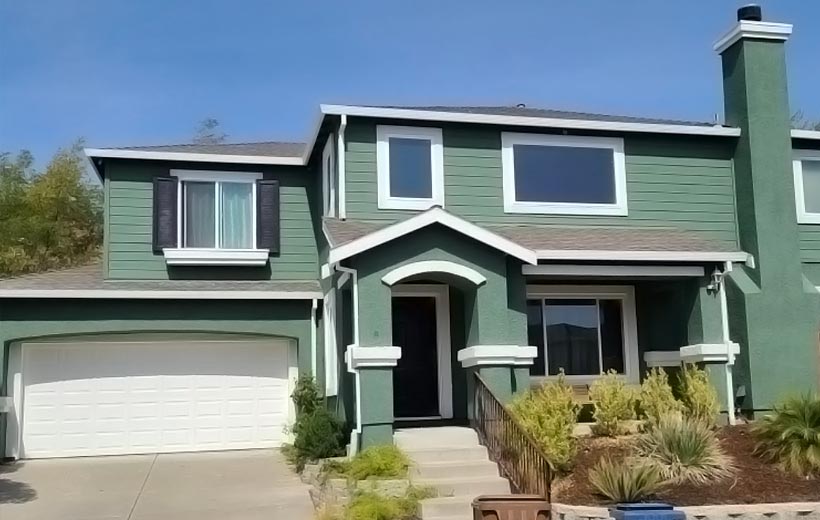Highlighting architectural features with paint is a creative and effective way to enhance the visual appeal of a building. Whether you’re working on a residential project or a commercial space, the right paint choices can accentuate architectural details, add character, and contribute to the overall aesthetic. Here are some tips and considerations for highlighting architectural features with paint.
- Understand the architecture: Before diving into paint colors and techniques, take the time to understand the architecture of the building. Identify key features such as moldings, trim, columns, and any decorative elements. Understanding the architectural style will guide your paint choices and help you decide which features to emphasize.
- Choose a color scheme: Selecting an appropriate color scheme is crucial for highlighting architectural features. Consider the existing colors of the building and choose paint shades that complement or contrast effectively. Neutral colors like whites, creams, and grays can highlight details by providing a clean backdrop, while bold colors can make features stand out.
- Accentuate trim and moldings: Trim and moldings are often key architectural elements that can be accentuated with paint. Use a different color than the main exterior or interior color to make these details pop. Light-colored trims against darker walls or vice versa can create a visually appealing contrast.
- Create contrast with doors and windows: Doors and windows are focal points of a building’s façade. Consider painting them in a color that contrasts with the surrounding walls. This draws attention to these features and adds depth to the overall design. Deep colors like navy blue or forest green can make a statement against lighter backgrounds.
- Highlight architectural details: If your building has unique architectural details such as arches, cornices, or decorative elements, use paint to emphasize them. Consider using a slightly different shade or a glossier finish for these details to make them stand out. Experiment with paint samples to find the most effective combination.
- Experiment with color blocking: Color blocking involves using contrasting colors in specific areas to create visual interest. Apply this technique to architectural features by choosing bold colors for certain elements. For example, you might paint a feature wall in a vibrant color to draw attention to a specific area of the building.
- Consider the surroundings: Take into account the environment and surroundings of the building. A color scheme that complements the natural landscape or neighboring structures can create a harmonious look. Conversely, if you want to make a bold statement, opt for colors that contrast sharply with the surroundings.
- Use light and dark shades strategically: Strategic use of light and dark shades can help create depth and dimension. Dark colors can recede, making certain features less prominent, while light colors can bring elements forward. Experiment with different shades to find the right balance for your specific architectural features.
- Maintain cohesiveness: While it’s essential to highlight specific features, it’s equally important to maintain cohesiveness in your overall design. Ensure that the chosen paint colors work well together and contribute to a unified and harmonious appearance.
- Regular maintenance: Once you’ve highlighted architectural features with paint, regular maintenance is key to preserving the visual impact. Monitor for any signs of wear or fading, and touch up the paint as needed to keep the building looking fresh and well-maintained.
Highlighting architectural features with paint is a versatile and impactful design strategy. By understanding the building’s architecture, choosing the right color scheme, and strategically applying paint, you can transform a structure and showcase its unique design elements. Experiment with different ideas and don’t be afraid to get creative to achieve the desired aesthetic effect.



